As the Troop Landing Craft rolls over waves approaching the beach, men ducked for cover while shells whoosh and splashed overhead. The men rock side to side in a lullaby of motion. The sounds build as they approach the shore. White knuckles grip rifles, ammo boxes and machine guns. Then a grinding sound, a cessation of motion. The LC gate crashes down. Men surge forward.
The day had come.
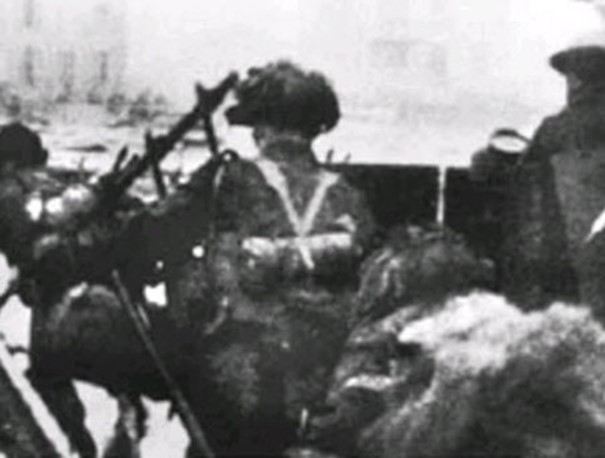
Would it be the Greatest of Days or the Last Day for these men?
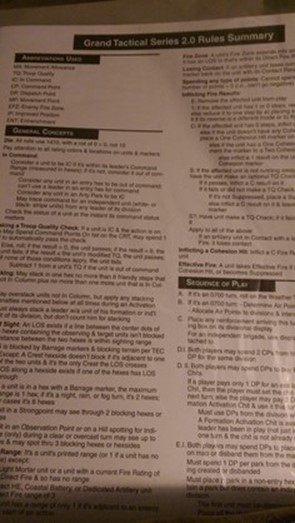
That would depend very much upon how you decide to engage the enemy and how they respond in this monster scale game called The Greatest Day.
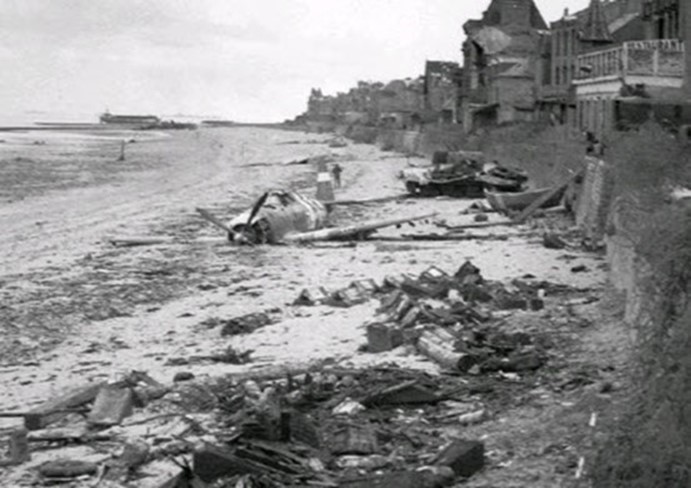
A Grand Tactical System is pointed squarely at the meat and potatoes of grist mill combat; the company level engagement. However you are not a company commander rather you are managing between 1 and 3 divisions at a time, usually in Brigade / Regimental sized formations across 500m hexes and two hour turns.
Unlike many games at this scale the system uses a chit formation activation system which adds tension, and requires careful management of finite command and dispatch points. Early in the game being played I failed to see the import of dispatch points. They are however critical if you have Brigade/KG/Regimental chits to be added to the cup for drawing. Effectively giving you a full extra move over and above the Divisional command Chit. That fact and the Direct Command chit mean a given group of units could move/act as many as three times in a turn!
They could fight three times in a turn also. Wow. Crazy?
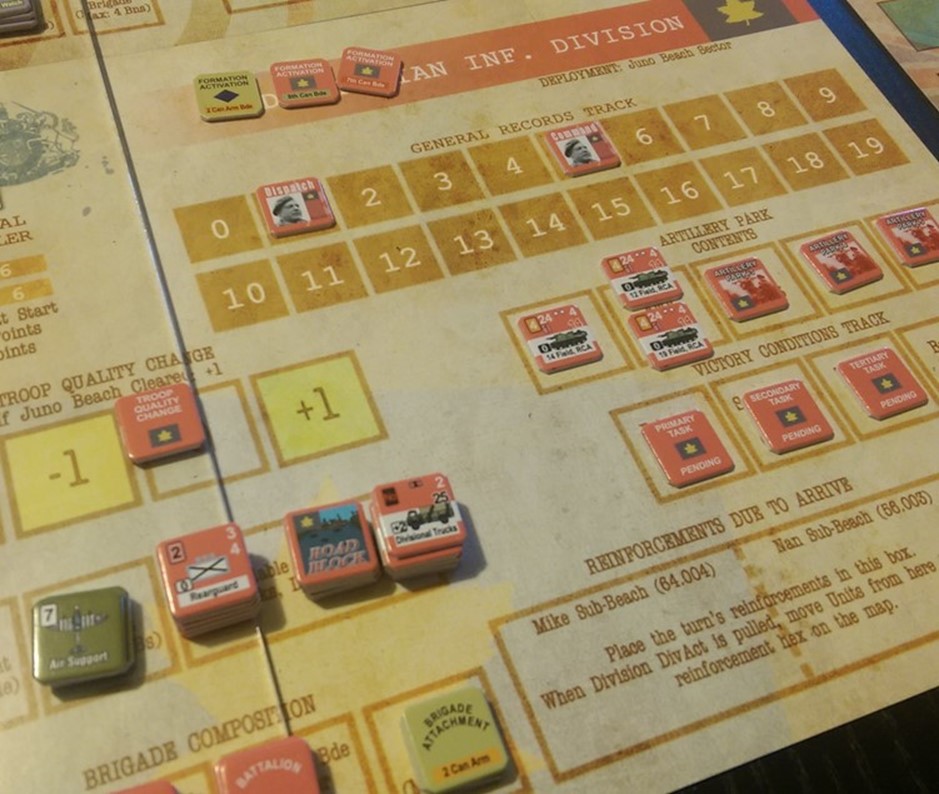
No because the limiting factor is command points [CP]. CP’s pay for Dispatch points and any second actions you might take in a given cycle. Each ‘second action’ costs one CP. The game hinges having enough CP at the right time to do what you need to do to attack, defend, build defenses or run away!
The nexus of Activity vs Command Points is a critical one to manage.
As the commander you now must dig down to the next level of detail, which formation is going where and are they all inside your command radius? When it comes to combat there are key aspects to think thru also. The approach to the enemy exposes your men to Opportunity fire, every hex of the way once they are in range. These Zones of Fire (varies per type of unit) mean many units can fire on one unit in a given activation per hex entered.
How then to approach? Barrages have an interesting effect, while rarely killing anything they will do two possible things either Suppress the enemy or at the very least place a barrage marker on them negating their Fire Zone. As a defender overlapping zones of fire are going to be critical if you wish to be able to Opp Fire at the approaching enemy. Which reminds me a lot of Company Commander [the book] and the US forces march across France and Northern Europe.
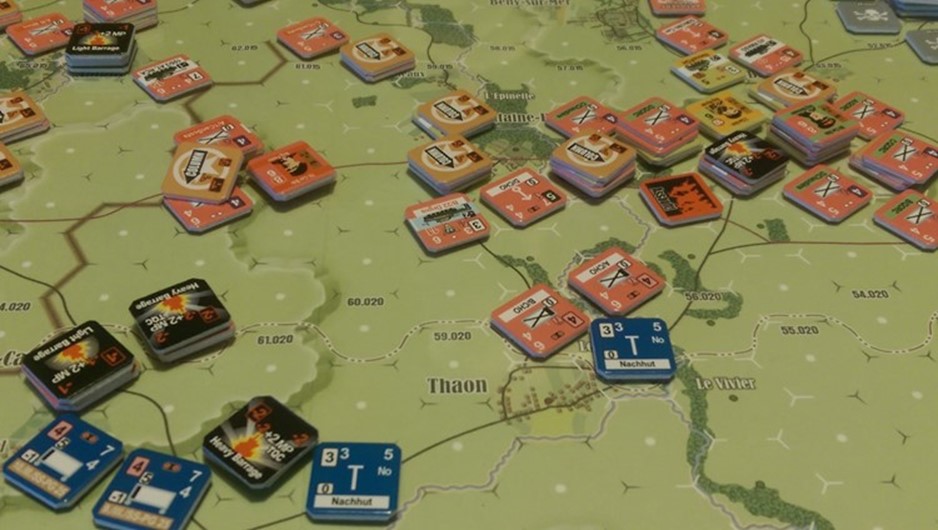
Once a barrage is down on a hex it is easier to approach. When your company is adjacent the ability of the enemy to Opp Fire at units further away is removed. Suppression comes off and some sort of engagement will ensue. Meanwhile pushing up the other units of the Battalion to support the attack can happen relatively risk free if this approach is used and no other fire zones exist.
Your stand off units mortar and armour can fire at will at range upon the now beleaguered and partiallly surrounded company defending that key road junction! This fire will more than likely add to the negative penalties to morale and defensive FP able to be pushed out by the defender. Cohesion hits accumulate on a given unit as a CRT result. More than two and your unit loses a step ( most units have one or two steps}. A brief aside. One aspect of the game that could be troublesome to players is the results spread across a 1d10 result set. This allows for a huge variability in good vs bad results.
Removing the capacity to Opportunity Fire is the key to a successful approach to attack
The next phase of activity is the hairiest and likely most exception ridden part of the rules which otherwise are relatively exception free. Assaulting. Yep. Once you are adjacent or move ‘into’ adjacent and conduct a combat action you go thru a very specific process. Which after a few exercises and tries boils down to – always assault charge weak [read low morale] units as they will more than likely break and die whereas you should assault fire at the tough guys as you get two rounds of fire to knock them out or further reduce the effectiveness for the coup de grace. Assaulting mechanics give you a choice of how you will conduct the assault – Charge or Fire.
Counters have fire factors and assault factors, that are color coded and these will drive your ability to impose damage. You highest rated morale units should assault first as the attacker must pass a bravery (morale/TQ check) prior to anything happening. Once in the battle you have hopefully pre suppressed the enemy and have a cohesion hit on him or perhaps a barrage marker, all of which serve to reduce enemy morale and FP, giving you an upper hand in the dice off for victory.
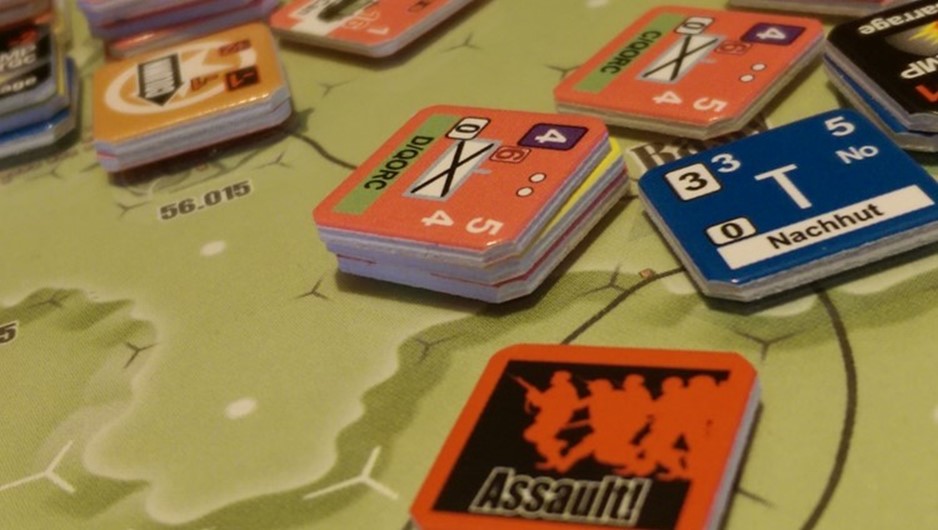
The abrupt nature of single step/zero step units with low morale being eliminated when they fail a morale roll under a charge is demoralizing for the defender and exhilarating for the attacker.
There are a number of rolls that happen here through the assault process: Bravery check for the attacker, Opp Fire eligibility check for defender [ I told you you had to suppress those guys], then Opp Fire [+company bonus roll if eligible], then Fire by assaulter – 3 dice [1 for company bonus, one for FP and one for Assault Fire ] which both sides do in either one or two rounds. If just assault charging into the hex the enemy makes a morale check success means they stay, failure means they die. To some extent good preparation is going to reduce your die rolls per assault hex of action. GTS is one of those games that despite the low low chance (say 10%) you will want to roll the die as it just might come as a successful result for you. Especially if you are in a swirling melee, lots of rolls guarantee a 0 eventually right!?!???
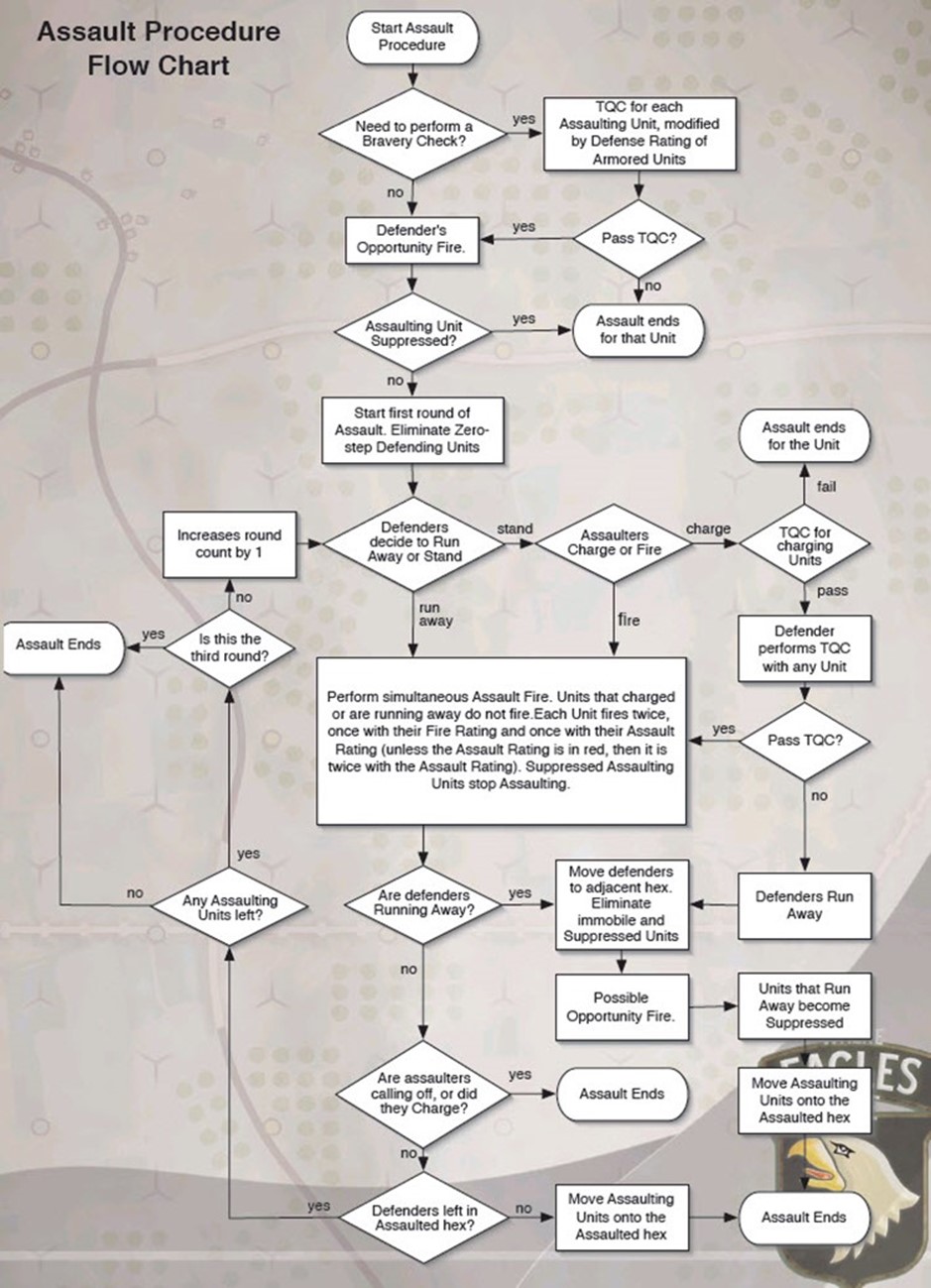
N.B. WED Assault chart for representative impression of steps.
Earlier we talked about Opportunity Fire, various activities trigger opp fire. One such activity is the transition from Column movement to ‘regular’ movement. Column movement is an aspect of the game I am yet to reconcile in my head. It places restrictions upon movement that at first blush feel un wieldy. You cannot send vehicle across bridges or into villages and towns unless in column. your movement rate in column is much much higher. Some units require an action to mount up, then another to get into column. Penalties apply to getting into and out of column in the same turn. Thus thoughtfulness regarding how you engage in the approach process is critical.
Mechanistic vs Elegant
I suppose that there are many ways to asses a game for playability, historical accuracy, fun or as you read this assessing is this for me or not? If you enjoy highly process orientated games you probably enjoy detailed mechanics in a game, if you appreciate simple but smartly executed designs you could fall into the Elegance end of the spectrum. Rarely do I see games that are both. Often mechanistic, process driven games are due to some underlying complexity of the era portrayed or level of detail desired. Some folks really appreciate this as for them this exposes narrative. It is the ASL style roll to pick up, run with, throw, and obtain result of a Satchel Charge, or its the multi morale roll exercise of the approach to Melee or Cavalry charge from Le Batt, it can also be the rote management of your truck supply and SP counting in OCS titles. Whereas elegant systems might choose to portray some of these systems in a more abstract manner. Fallen Eagles does this with facing. It has put you in the role of overall commander, it assumes Brigade commanders will know how to orientate their men. Panzer allows you to layer in details or abstract out details at will, and the new Battalion commander system from Dean Essig abstracts away the supply issues at that scale in a smart manner.
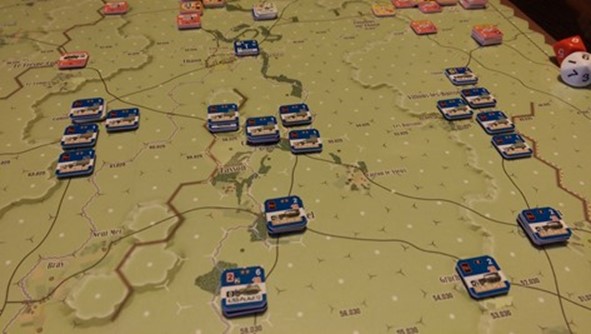
The play to date of GTS suggests that while there are a lot of processes, and specific mechanics, it is to be appreciated that the design is capturing a massive spread of combat functions at a pretty low level. These mechanics range from the Divisional/Regimental level Command points concepts to movement and combat [ranged, arty, air, naval guns, assaults etc] all combining into a pretty massive system that really feels right. Frustratingly so. The challenge for some game players maybe that while the tactics you use are historically rich in feel and form they can perhaps lead to a rinse wash repeat mentality on the smaller scenarios.
The elegance aspect comes out in some of the places where the game could have bogged down – assault, the CRT, DRM’s and the movement rules. Once you work thru some of the wording, learn the steps it is a nice simplification. Interestingly this title reminds me of the Tactical Combat System also from MMP, due mainly to the way patient thoughtful attacks will best the enemy versus rash charges. TCS however struggles with a bit too much minutiae and platoon scale attrition (5 steps to nearly all platoons) spread across 2-3 battalions adds up to a bit of a grind fest and wristage attrition! Because GTS is set at the Company scale it avoids some of that, but there is a reasonable amount of die rolling.
Elegance often evokes a sense of intuitiveness to a game or a simulations gameplay.
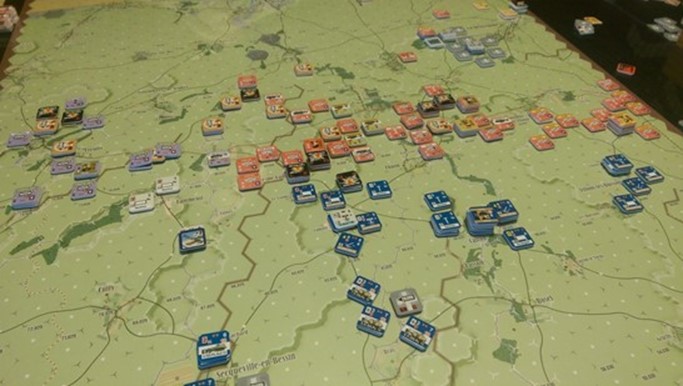
Often you can make a knowledgeable guess at the rule, or understand a rule concept because the system mirrors our perceived reality of the situation and era. Its something that another company scale game does well; Red Winter. Its specific representation of the machinegun heavy fighting in December across frozen lakes gave us keen insights in a readily consumable manner without loss of fidelity or over burden of cumbersome rules. GTS once again goes somewhere in here. Thoughtful play testing designed to ensure the game and game system stay true to history while providing an opportunity to explore. The smaller scenarios do seem to feel a bit boxed in, the temptation is to grab an additional map and slap it down looking for that big flanking maneuver!
GTS is a system that requires thinking, planning and a solid dash of good die rolling. There are a wealth of scenarios, and abundance of game play opportunities and of course the Grand Campaign!

Nice review, Kev!
Nice.
Holy cow, Kev, nice writing. I envy that. I also like seeing the evolution of your thoughts on the system as you posted during your play. I have the game now and will putting the small intro scenario through it’s paces soon.
Thank you for taking the time to write this.
Yo Todd. thanks man. I appreciate you taking the time to read. The game sure plays well and captures some history. The narrative is pretty cool too. I’m eager to try a meeting engagement.
I’m glad you seem to appreciate the system Kev. This historical aspect really come through.
In opposed play the thing boils down to careful assessment of your opponents Command pt levels and Dispatch point levels. The ability to stage a counter attack or attack or similar with out interference or minimizing that interference is what creates the tension as the chits come out.
The counter moving and combat is just the end result of your ‘strategy’ to get in side their ability to react. I like that a lot.
Hey Kev Great write up! I noticed you used an image of the Assault Flow Chart from Where Eagles Dare. It is my understanding is that the assault process is streamlined in comparison to WED. How much more streamlined is it in comparison to that chart?
It is not ‘thatmuch’ simpler. It still has several steps. Net is a few less rolls.